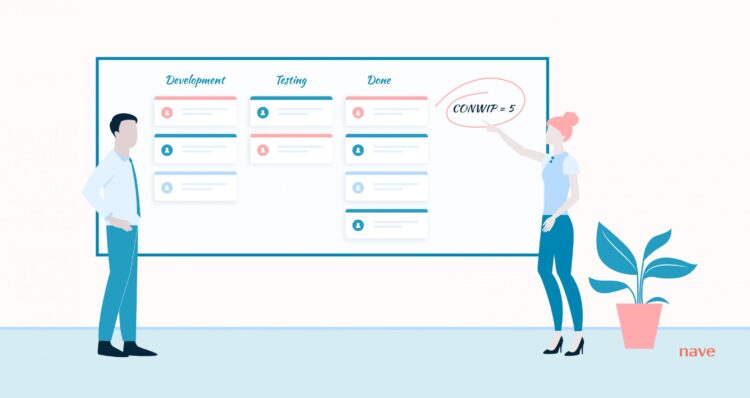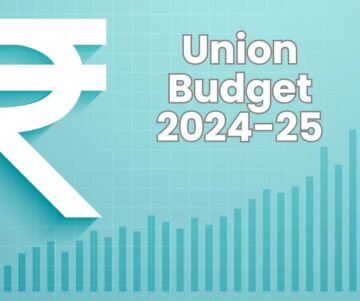
What is Kanban
admin | December 8, 2022 | 0 | BusinessIn a world of ever-changing project management methodologies, it can be hard to keep up. One minute you’re being told that the waterfall method is the way to go, and the next everyone’s talking about Agile. So, what’s the difference? And more importantly, which one should you use for your next project?
If you’re considering using Kanban for your next project, you’ve come to the right place. In this blog post, we’ll give you a crash course in Kanban so you can decide if it’s the right project management methodology for you.
What is Kanban?
Kanban is a popular project management methodology that emphasizes visual tools and flexible workflows. The Kanban approach is often used in software development, but it can be applied to any type of project. The core principle of Kanban is to visually represent work items and track their progress through each stage of the project. This helps teams to identify bottlenecks and optimize their workflow. Kanban boards are a common tool for implementing Kanban, as they provide a clear and concise way to visualize the project workflow. However, Kanban can be adapted to fit the needs of any team or project. Ultimately, Kanban is a flexible and effective approach that can help teams improve their productivity and deliver better results. The word “Kanban” comes from the Japanese word for “signboard” or “billboard.” And that’s exactly what Kanban is—a visual representation of your project that helps everyone involved see where the project is at and what needs to be done next.
Kanban was originally developed by Toyota as a way to streamline production, but it has since been adopted by many businesses as a way to improve efficiency and quality.
How Does Kanban Work?
The Kanban methodology is based on three principles:
- Visibility: All tasks and deadlines should be visible to everyone involved in the project. This can be done with physical Kanban boards or digital ones (like Trello).
- Limit WIP: Work in Progress should be limited at all times. This helps avoid bottlenecks and keeps everyone focused on finishing tasks rather than starting new ones.
- Continuous Improvement: The goal of Kanban is to continuously improve efficiency by identifying and removing any roadblocks that might be slowing down progress.
Conclusion:
Kanban is a powerful project management methodology that can help streamline your workflows and improve communication among team members. If you’re looking for a way to increase efficiency and quality, Kanban may be right for you.













